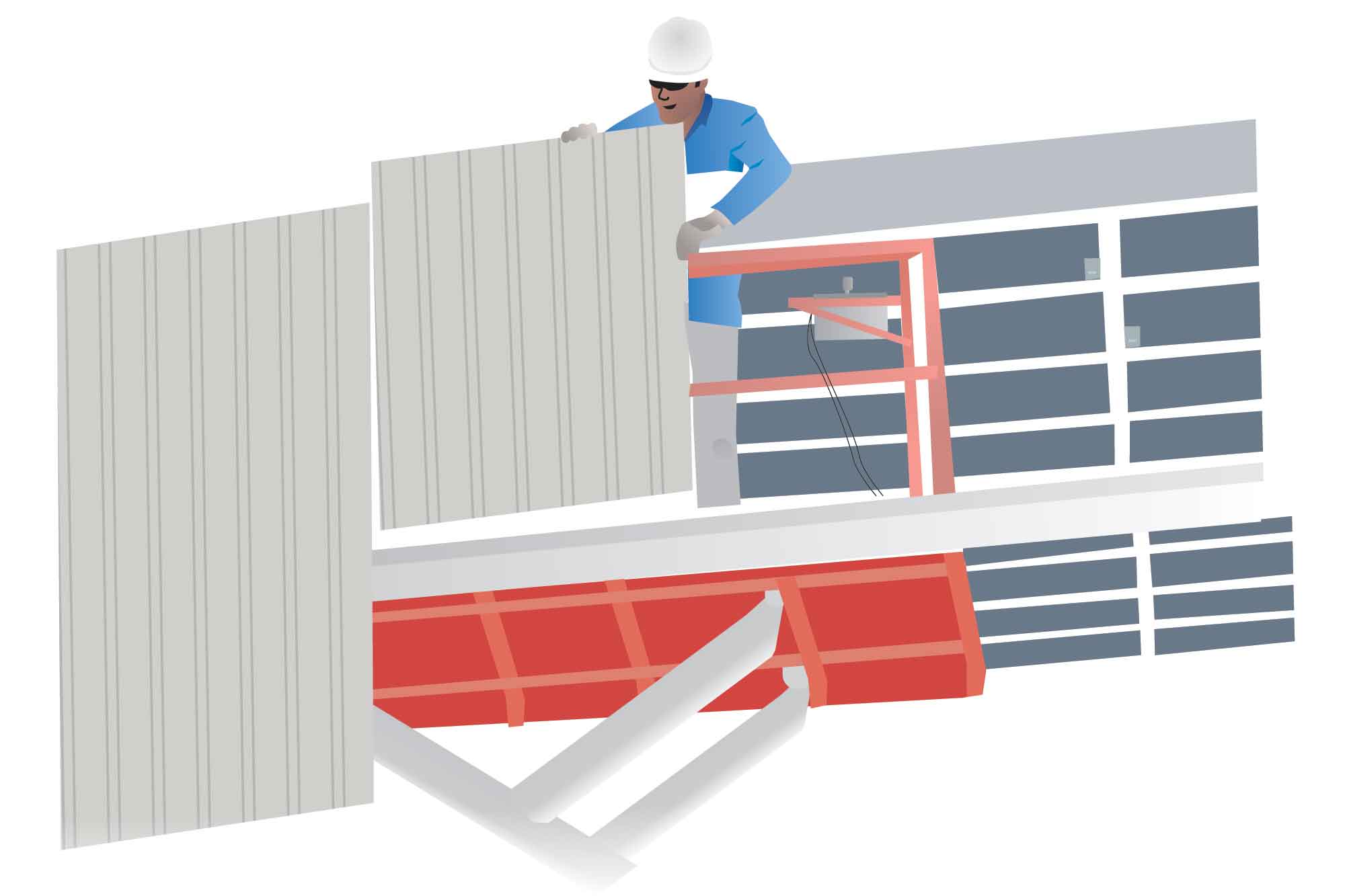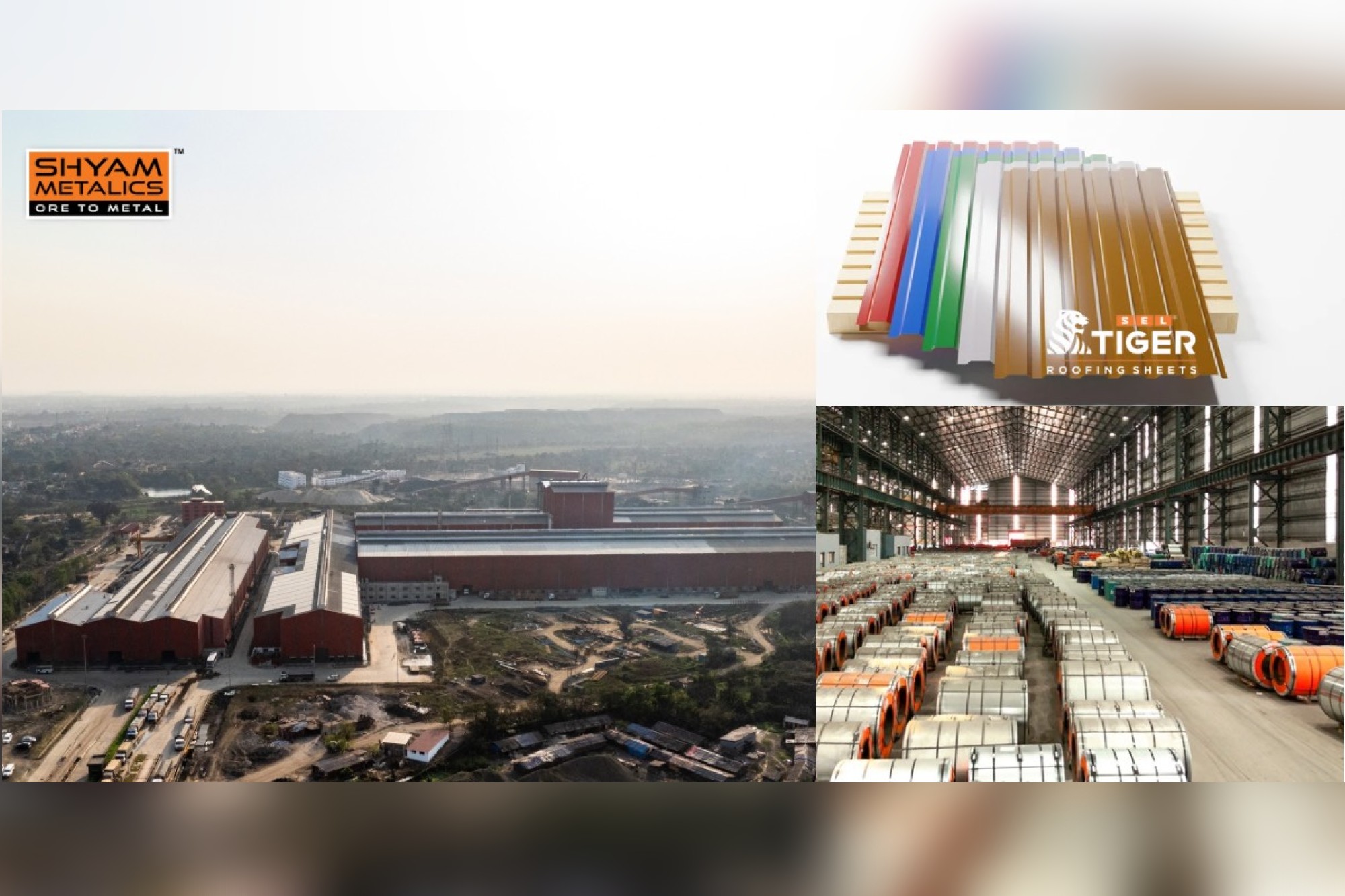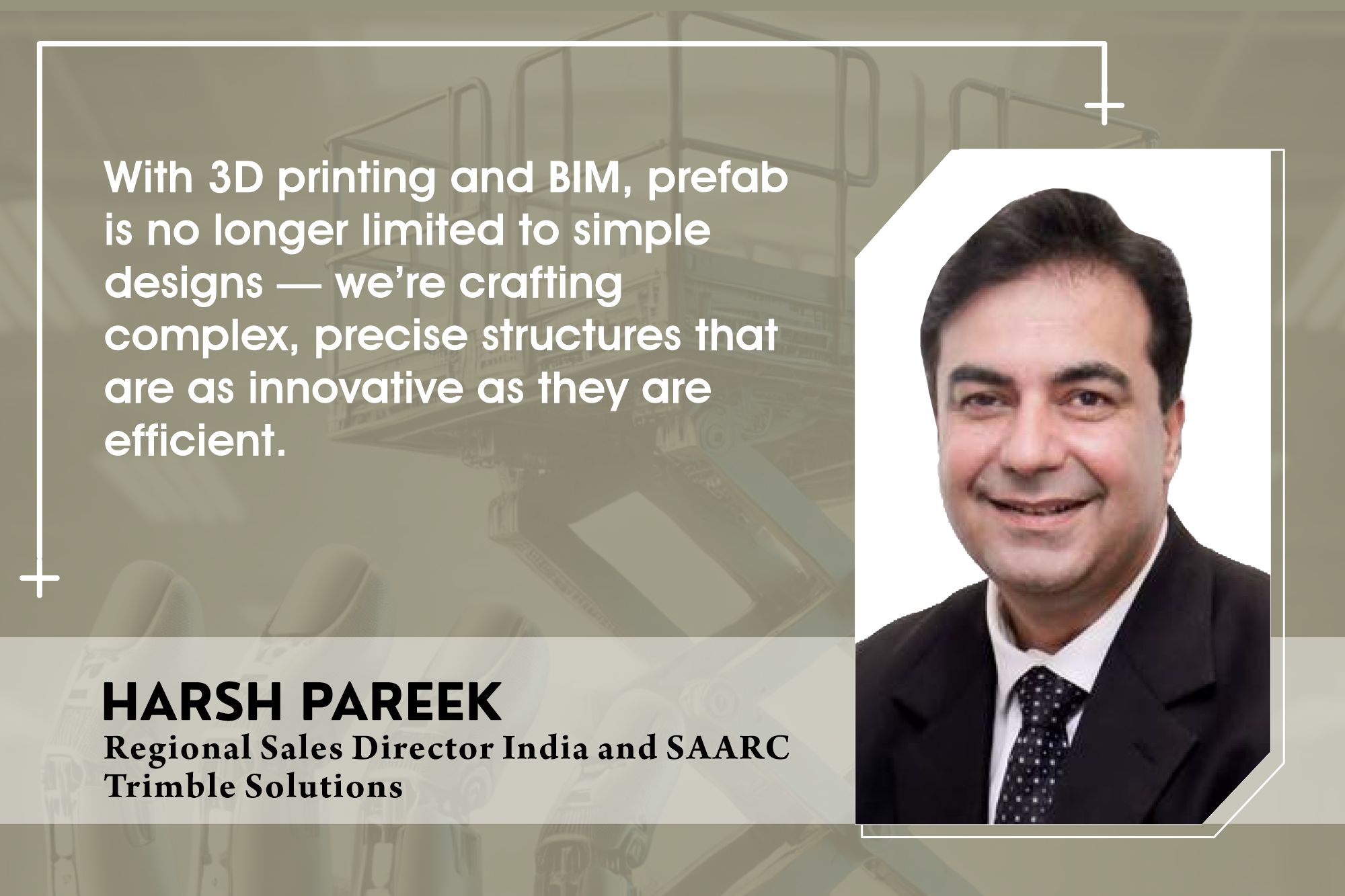How to reduce rework and rejects of fasteners
By Edit Team | May 27, 2014 11:42 am SHARE

Fastener’s dimensional, mechanical and chemical properties along with its finish define its suitability to a particular application
Rejects and reworks should be taken care of long before they reach the installation stage. For this purpose, it is extremely important to have the right fastener. The fastener’s dimensional, mechanical and chemical properties along with its finish define its suitability to a particular application.
However, Deepak Kalra, Managing Director, Unbrako feels, “The user should understand the load calculations based on design data in order to procure the right fastener size and grade. Surrounding conditions such as sea waters, low temperatures etc. should be carefully considered to make sure the fastener has the suitable coating for corrosion protection.”
Also the safety critical nature of application needs to be checked, in order to make sure that the fastener fits its application perfectly, he adds.The Unbrako’s Durlok range specifically deals with the safety critical issue of vibration. These are state-of-the art self-locking anti-vibration fasteners. Durlok fasteners with their serrated teeth lock into the bearing material and absorb the internal loosening torque. The Durlok washer can be used with standard hex bolt and nut. It is an anti-vibration solution that not only prevents bolted joint failure, but also enables the bolted joint to retain its pre-load, thus reducing maintenance requirements.
According to him, once the right product is chosen, proper installation guidelines should be followed. The fasteners should be tightened to the recommended seating torque. These calculations should account for the effect of any lubrication in use. Here applicator expertise is extremely important.
‘’In order to reduce these tightening errors’’, Mr Kalra adds, “Unbrako has a range of products especially for construction of steel structures.”
The Unbrako Auto Torque Check (ATC) bolt has an in-built torque control device that shears off on achieving proper bolt tension. Further Unbrako’s direct tension indicators are highly effective in detecting proper tension when used with high-strength structural assemblies.
Tools with transducers save plant time, money and effort in almost every category. This is done through speeding up the fastening process, ensuring accurate fastening results and collecting data in the case of product failure as required by the plant.
Nipun Jain of LPS-EJOT Construction Fasteners, Lakshmi Precision Screws Ltd., says, “The advantage of being able to control the speed of the tool, especially through various stages of the operation, is that it leads to far fewer lost and failed products.” Moving too fast creates heat that can deform or otherwise damage the material.
“When one can control all aspects of the fastening cycle, the occasional manufacturer variance from part to part can be overcome in the fastening process,” Mr Jain observed.
In fact, the ability to automate the process lets the transducer shut off the tool when the action completes. Further it ensures that the process remains the same between fastening cycles. Hard joints in particular benefit from automation because there is lower risk of over-torquing or creating a failure point. Finally, transducer tools allow more flexibility in material and fastener choice. This is again advantageous as the time spent retesting and recalibrating clutch tools could thus be spent in production. After recognising both high and low limits, transducer tools carry out the job without the need to calculate torque amounts each time the operator makes a slight change.
Mr Jain further observed, “The impact of duplicating effort on reworked and failed pieces in the manufacturing process cannot be overstated. In any case, customer dissatisfaction is the primary concern.”
In addition to a lost sale, the cost of replacing a part, whether covered by warranty or not, escalates too quickly. Product quality ultimately suffers and then any recall or warranty repair costs the plant time and money that could otherwise be spent increasing margins or expanding operations. Capacity reduction is another concern, as are the long lead times for replacing materials, which could lead to losing market share.
Hence, in order to reduce rework and rejects when installing threaded fasteners, one needs to understand the fastener and the environment in which it will be used.
Once the right product is chosen, proper installation guidelines should be followed
Deepak Kalra, Managing Director, Unbrako
When one can control all aspects of the fastening cycle, the occasional manufacturer variance from part to part can be overcome in the fastening process
Nipun Jain, LPS-EJOT Construction Fasteners, Lakshmi Precision Screws Ltd
Cookie Consent
We use cookies to personalize your experience. By continuing to visit this website you agree to our Terms & Conditions, Privacy Policy and Cookie Policy.





















































